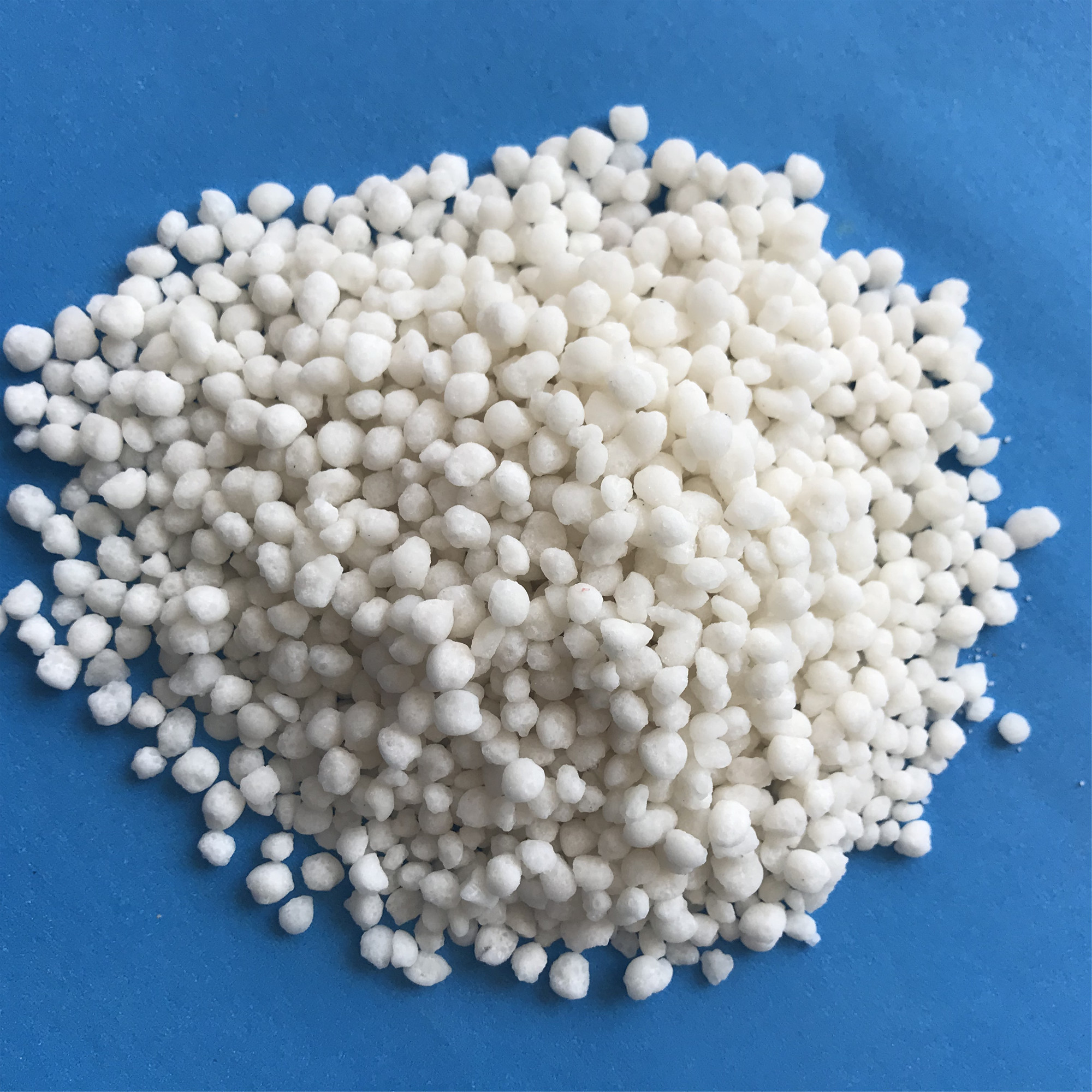



Safety Data Sheet for Sodium Hydroxide Handling and Storage Guidelines
Understanding the Material Safety Data Sheet (MSDS) for Sodium Hydroxide
Sodium hydroxide, commonly known as caustic soda or lye, is a highly versatile compound widely used in various industries, including manufacturing, food processing, and chemical synthesis. While its applications are extensive, it is crucial to understand its properties and the associated safety measures, as outlined in its Material Safety Data Sheet (MSDS). This article aims to provide an overview of the MSDS for sodium hydroxide, highlighting key safety information and handling protocols.
Chemical Properties
Sodium hydroxide is an inorganic compound with the formula NaOH. It appears as a white solid in its pure form, often found in pellets, flakes, or as a concentrated solution. It is highly soluble in water, generating a significant amount of heat during dissolution—a characteristic known as an exothermic reaction. The resulting solution is highly alkaline, with pH values often exceeding 13, making it corrosive to metals and organic tissue.
Health Hazards
The MSDS for sodium hydroxide categorizes it as a hazardous substance due to its corrosive properties. Direct contact with skin or eyes can result in severe burns, corrosion, and permanent damage. Inhalation of sodium hydroxide dust or mist can lead to respiratory irritation, coughing, and potential damage to the mucous membranes in the respiratory tract. Ingesting sodium hydroxide can result in severe gastrointestinal injury and is potentially life-threatening.
Environmental Impact
Sodium hydroxide poses environmental risks if released into aquatic ecosystems. Its high pH can disrupt the balance of aquatic life, leading to harmful effects on fish and other organisms. For this reason, it is vital to manage any spills or leaks promptly, following the spill response guidelines outlined in the MSDS.
Personal Protective Equipment (PPE)
msds natrium hydroxide

When handling sodium hydroxide, it is essential to wear appropriate personal protective equipment (PPE) to minimize potential exposure. The MSDS recommends the following
- Safety goggles To protect eyes from splashes and fumes. - Gloves Chemical-resistant gloves should be worn to prevent skin contact. - Protective clothing Long-sleeved shirts and pants, preferably made of materials resistant to alkaline substances, should be worn. - Respiratory protection For operations that may generate dust or mist, appropriate respiratory protection should be used.
First Aid Measures
The MSDS provides critical first aid information in case of exposure to sodium hydroxide. Immediate and appropriate action can prevent long-term damage
- Skin contact Remove contaminated clothing and rinse the affected area with copious amounts of water for at least 15 minutes. Seek medical attention immediately. - Eye contact Flush eyes with water for at least 15 minutes while keeping eyelids open. Seek immediate medical assistance. - Inhalation Move the affected person to fresh air immediately. If symptoms persist, seek medical help. - Ingestion Do not induce vomiting. Rinse the mouth and seek immediate medical attention.
Storage and Handling
Sodium hydroxide should be stored in a cool, dry, well-ventilated area away from incompatible substances such as acids and organic materials. The containers should be labeled correctly and kept sealed when not in use. Handling should be done in a manner that minimizes dust generation, and equipment should be regularly inspected to prevent leaks or spills.
Conclusion
The MSDS for sodium hydroxide is an essential document that provides critical information for safe handling, potential hazards, and emergency procedures. Understanding this data is vital for anyone working with or around this compound. By following the safety protocols and guidelines outlined in the MSDS, the risks associated with sodium hydroxide can be managed effectively, ensuring a safer working environment. Whether in a laboratory, industrial setting, or any other application, it is imperative to prioritize safety and adhere to best practices when dealing with this powerful substance.
-
Why Sodium Persulfate Is Everywhere NowNewsJul.07,2025
-
Why Polyacrylamide Is in High DemandNewsJul.07,2025
-
Understanding Paint Chemicals and Their ApplicationsNewsJul.07,2025
-
Smart Use Of Mining ChemicalsNewsJul.07,2025
-
Practical Uses of Potassium MonopersulfateNewsJul.07,2025
-
Agrochemicals In Real FarmingNewsJul.07,2025
-
Sodium Chlorite Hot UsesNewsJul.01,2025










